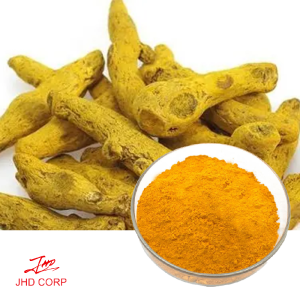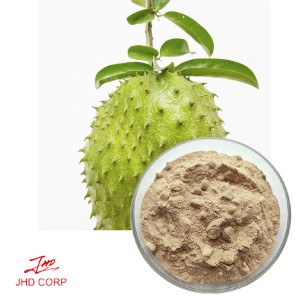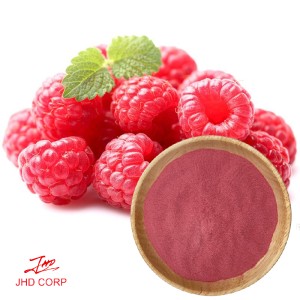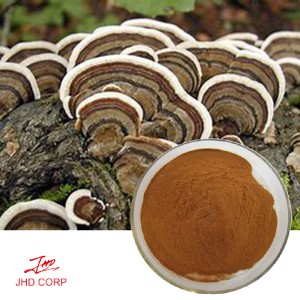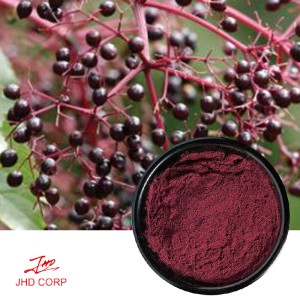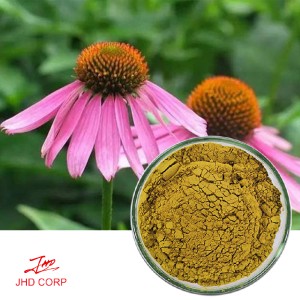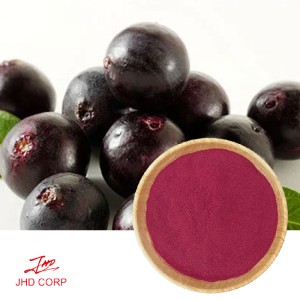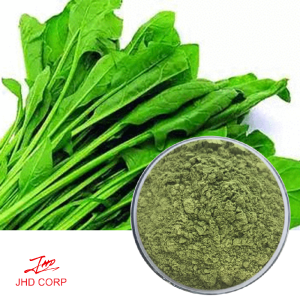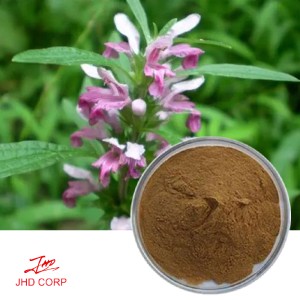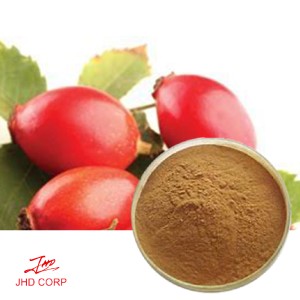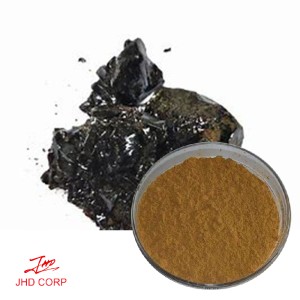How to effectively improve the bioavailability of turmeric extract powder?
In the case of turmeric extract, its bioavailability is limited due to poor absorption and rapid metabolism. Fortunately, there are several strategies that can be employed to enhance the bioavailability of turmeric extract powder.
Effective Ways to Enhance the Bioavailability of Turmeric Root Extract Powder
Turmeric extract powder, derived from the Curcuma longa plant, has gained significant attention in recent years due to its numerous health benefits. However, one challenge associated with turmeric extract consumption is its low bioavailability. Bioavailability refers to the extent to which a substance is absorbed and utilized by the body. In the case of turmeric extract, its bioavailability is limited due to poor absorption and rapid metabolism. Fortunately, there are several strategies that can be employed to enhance the bioavailability of turmeric extract powder, thereby maximizing its therapeutic potential.
1. Piperine supplementation: Piperine is a natural compound found in black pepper. It has been shown to significantly increase the bioavailability of curcumin, the active component in turmeric extract. By inhibiting certain enzymes responsible for curcumin metabolism, piperine can enhance its absorption and prolong its presence in the bloodstream. Therefore, combining turmeric extract powder with piperine can effectively improve its bioavailability.
2. Lipid-based formulations: Turmeric extract is lipophilic, meaning it dissolves in fats and oils. Incorporating turmeric extract powder into lipid-based formulations, such as emulsions or nanoemulsions, can significantly enhance its absorption. The presence of lipids improves the solubility of curcumin and facilitates its transport across the intestinal membrane. This approach has shown promising results in increasing the bioavailability of turmeric extract.

3. Heat treatment: Heat treatment has been found to enhance the bioavailability of curcumin in turmeric extract powder. Heating the powder at a specific temperature for a certain duration can increase the solubility and stability of curcumin, leading to improved absorption. However, it is important to note that excessive heat can degrade curcumin and compromise its bioavailability. Therefore, careful optimization of heat treatment conditions is necessary to achieve the desired enhancement in bioavailability.
4. Formulation with phospholipids: Phospholipids are natural compounds found in cell membranes. They possess unique properties that can improve the bioavailability of poorly soluble substances like curcumin. Formulating turmeric extract powder with phospholipids can enhance its dispersibility and solubility in aqueous environments, thereby facilitating its absorption. This approach has been shown to significantly increase the bioavailability of curcumin in various studies.
5. Nanoparticle encapsulation: Nanoparticle encapsulation involves enclosing turmeric extract curcumin within tiny particles, typically in the nanometer range. This technique improves the stability and solubility of curcumin, allowing for enhanced absorption and bioavailability. Nanoparticles can protect curcumin from degradation and enhance its transport across biological barriers. Several studies have demonstrated the effectiveness of nanoparticle encapsulation in improving the bioavailability of turmeric extract.
Overall, enhancing the bioavailability of turmeric extract powder is crucial for maximizing its therapeutic benefits. Strategies such as piperine supplementation, lipid-based formulations, heat treatment, formulation with phospholipids, and nanoparticle encapsulation have shown promising results in improving the bioavailability of curcumin in turmeric extract.



